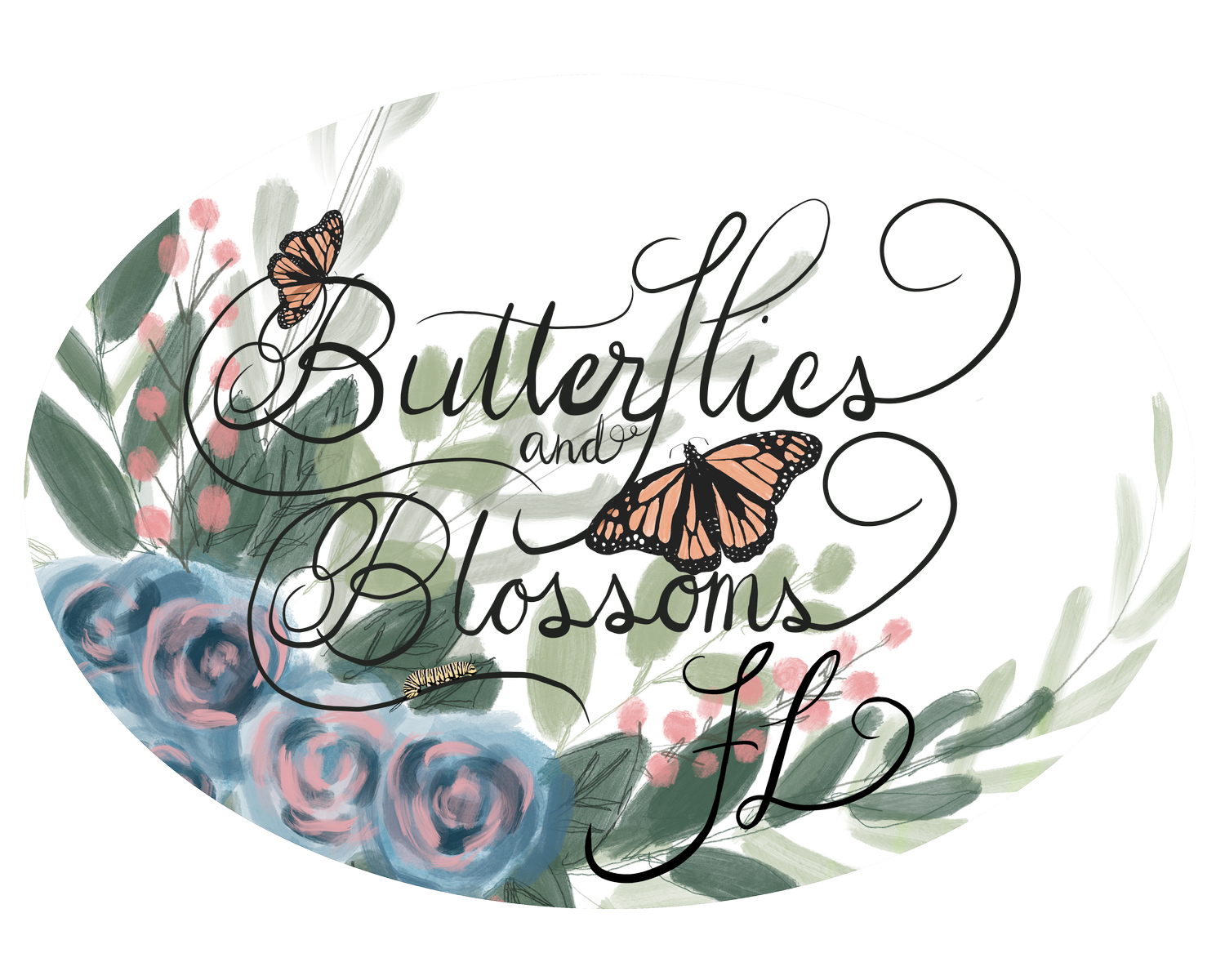Diary of a Gardener How to Design a Sensory Garden for Rest and Relaxation
In our fast-paced, hyper-connected world, finding a peaceful place to rest and recharge is more important than ever. That’s where sensory gardens come in—these thoughtfully designed spaces awaken our senses, reduce stress, and invite mindfulness and calm. And the best part? You can create one right in your own Florida yard.
Whether you have a sprawling backyard or a small patio, a sensory garden can be your personal sanctuary—a place where colors, textures, sounds, and scents work together to ground and uplift you.
Let’s dig into how to design a sensory garden that soothes the soul and thrives in our beautiful Florida climate.
What Is a Sensory Garden?
A sensory garden is a space designed to stimulate the five senses—sight, smell, sound, touch, and taste—while encouraging mindfulness and relaxation. These gardens are used in therapeutic settings, but they’re just as powerful for homeowners seeking refuge from daily stress.
You don’t need a clinical space to experience the benefits. With a bit of planning and some Florida-friendly plants, you can create a lush, restorative garden that engages your whole body and spirit.
Why Sensory Gardens Work So Well in Florida
Florida’s warm climate and long growing season make it an ideal place for a sensory garden. You can incorporate plants that provide year-round color, texture, and fragrance, and enjoy them nearly every day. Whether you want a shady retreat beneath an oak or a sunny corner filled with blooms and butterflies, the options here are endless.
Step-by-Step: Designing Your Sensory Garden
1. Choose Your Space
Pick a location that feels peaceful. A shaded corner, a sunny patio, or a courtyard can all work. Think about:
Privacy: Can you add a screen or trellis to block outside distractions?
Noise level: Is it quiet, or would you benefit from a water feature or wind chimes to soften background sounds?
Light: Observe how much sunlight the space gets—this will guide your plant choices.
2. Start With Structure
Use hardscaping and layout to guide the senses gently through the space:
Paths: Curved walkways invite slow exploration.
Seating: Add a bench, hammock, or swing for rest and reflection.
Shade: Use pergolas, arbors, or trees for dappled light and a sense of enclosure.
3. Incorporate the Five Senses
Sight: Colors, Shapes & Movement
Choose plants with varying forms, leaf shapes, and vibrant blooms. Use calming colors like soft greens, purples, and blues, or energizing shades like yellow and coral.
Florida-friendly plants for sight:
Caladiums – Bold leaf patterns that pop in shade
Muhly Grass – Wispy, pink plumes that dance in the breeze
Black-eyed Susan – Bright yellow flowers that attract pollinators
Silver Buttonwood – Silvery foliage for contrast and calm
Smell: Fragrance That Calms
Scent is directly tied to memory and emotion. Incorporate fragrant plants near seating or along pathways for immersive experiences.
Florida plants with soothing scents:
Sweet Almond Bush (Aloysia virgata) – Vanilla-scented blooms that attract butterflies
Ylang-Ylang Tree – Tropical, dreamy fragrance used in perfumes
Southern Magnolia – Bold, lemony-floral blooms
Herbs like rosemary or basil – Functional and fragrant
Sound: Soothing Nature Notes
The right sounds can instantly relax your mind. Create auditory interest with:
Wind chimes or bamboo tubes
Rustling foliage like bamboo or palmetto
Water features – Even a small fountain offers peaceful background music
Bird-attracting plants – Add feeders or berry-producing natives like Simpson’s Stopper to invite feathered visitors
Touch: Texture and Tactile Surfaces
Use a variety of plants and materials to engage the sense of touch:
Soft Silver Buttonwood
Feathery ornamental grasses
Smooth stones or pebbled walkways
Bark mulch, driftwood, or coquina rock accents
Encourage barefoot walks on grass or mossy paths for grounding.
Taste: Edible Elements
Even a small sensory garden can include edible delights:
Barbados Cherry – A heat loving cherry tree with edible cherry treats
Dwarf Pomegranate (Punica granatum ‘Nana’) – Both sight and taste senses are engaged
Herbs – Basil, mint, lemon balm, and thyme bring fragrance and flavor
Florida-friendly fruit trees like citrus or fig (in larger spaces)
Final Tips for Success
Keep it simple: Too much stimulation can overwhelm. Focus on balance.
Visit often: The more time you spend, the more benefits you’ll receive.
Maintain naturally: Avoid chemical sprays that interfere with scents and pollinators.
Make it yours: Add personal touches like a wind spinner, birdbath, or meditation stone.
Ready to Create Your Sanctuary?
A sensory garden isn’t just beautiful—it’s healing. It gives you space to slow down, reconnect with nature, and nurture your wellbeing in a way that feels effortless. Whether you’re looking for a relaxing escape, a pollinator paradise, or a holistic retreat, a sensory garden is the perfect addition to your Florida landscape.
Need help planning or planting? Let’s design a space that grows peace, beauty, and balance—together.
🌿 Always Keep Growing

